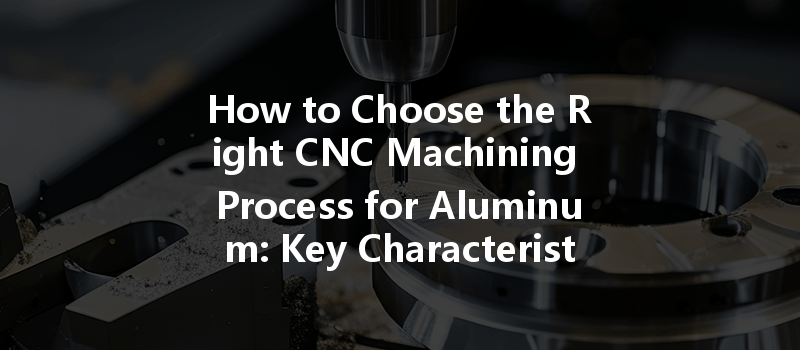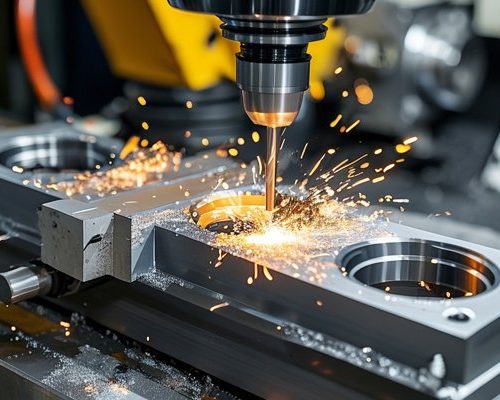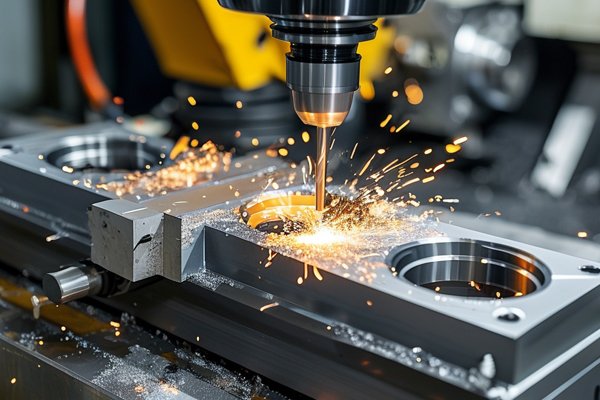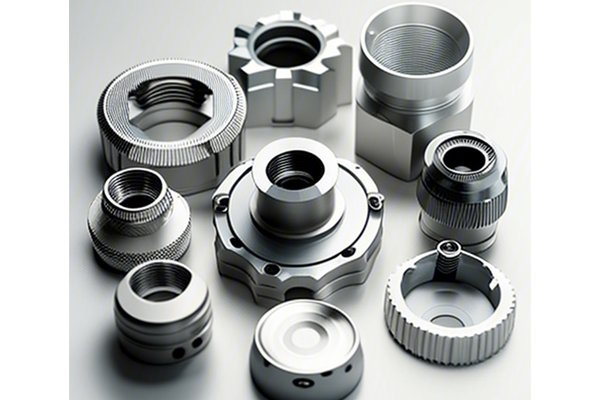In the vibrant landscape of modern manufacturing, aluminum holds a crucial place. Lightweight yet strong, corrosion-resistant, and highly versatile, aluminum is the material of choice in various industries ranging from aerospace to automotive. However, the effectiveness of this versatile metal largely hinges on the CNC (Computer Numerical Control) machining processes used during its fabrication. As the demand for high-quality aluminum parts increases, so does the necessity to select the right machining technique tailored to specific project requirements.
At YL Machining, we emphasize that understanding the intricate details surrounding aluminum machining processes can lead not only to superior product quality but also to cost efficiency. In this comprehensive guide, we will delve deep into the essentials of choosing the right CNC machining process for aluminum and illuminate key characteristics that must be considered. By the end of this article, you will be equipped with the knowledge needed for effective decision-making and advantageous application in your machining projects.
Before we dive into the various machining processes available, it’s imperative to understand what aluminum machining entails and why precision in its processing is vital.
1.1 Properties of Aluminum
Aluminum is notable for its unique characteristics:
These properties not only make aluminum a favorite among manufacturers but also demand specialized approaches in CNC machining to preserve and enhance these attributes.
1.2 What is CNC Machining?
CNC machining is an automated process that removes material from a workpiece to create the desired shape. It utilizes computer software to direct the movement of machines, ensuring precision and repeatability that manual processes simply cannot match. CNC machining can employ various cutting methods such as milling, turning, drilling, and electrical discharge machining (EDM).
1.3 Why Focus on Aluminum?
When selecting a CNC machining process, understanding the material’s behavior under various conditions is key. Aluminum, for instance, reacts differently to cutting speeds, feeds, and tooling compared to harder materials like steel. Therefore, precise methodology is needed to achieve optimal results, which can include reduction in waste, lower production costs, and higher product quality.
Choosing the right CNC machining process involves assessing several criteria that impact the effectiveness and efficiency of production.
2.1 Project Specifications
Understanding your project requirements is crucial. Key considerations include the following:
2.2 Accuracy and Tolerances
Different applications demand varying degrees of precision. It is essential to evaluate the tolerance requirements for your parts:
2.3 Cost Considerations
Budget constraints often dictate the permissible CNC machining process. Factors influencing cost include:
2.4 Production Volume
The scale of production can significantly influence the decision:
2.5 Material Properties and Behavior
Understanding the behavior of aluminum during machining is crucial. Factors such as grain structure, alloy composition, and thermal properties must all be considered:
2.6 Tooling Technology and Lifecycle
The selection of the right tooling is critical in aluminum machining:
2.7 Cutting Parameters
Proper selection of cutting parameters is crucial for optimizing machining processes:
With the above factors in mind, let’s delve into the specific CNC machining processes suitable for aluminum, each with its strengths and ideal use cases.
3.1 CNC Milling
CNC Milling is one of the most common methods for machining aluminum parts. It utilizes rotating cutting tools to remove material from the workpiece.

3.2 CNC Turning
CNC Turning involves rotating the workpiece while a stationary cutting tool removes material to create cylindrical shapes.
3.3 CNC Drilling
CNC Drilling is primarily used to create holes in aluminum components.
3.4 Electrical Discharge Machining (EDM)
EDM is a precision machining process that utilizes electrical discharges to remove material.
3.5 Waterjet Cutting
Waterjet Cutting utilizes high-pressure water mixed with abrasives to cut through aluminum.
To ensure optimal results from your CNC machining processes, consider implementing the following best practices:
4.1 Proper Tool Selection
4.2 Optimizing Cutting Parameters
4.3 Tool Maintenance
4.4 Material Quality
4.5 Set Up and Calibration
4.6 Continuous Training and Skill Development
Selecting the right CNC machining process for aluminum is a multifaceted decision that requires careful consideration of various factors. As a leading entity in the CNC machining industry, YL Machining understands the intricacies involved in aluminum machining. By recognizing project specifications, assessing material behavior, evaluating costs, and analyzing production volume, you can make well-informed decisions that not only meet but exceed your project requirements.
Remember, the world of CNC machining is continuously evolving, and staying updated with the latest tools, technologies, and techniques is essential for continued success. At YL Machining, we are passionate about leveraging our expertise to help you navigate this intricate landscape, ensuring you make thoughtful, intelligent choices for your aluminum machining projects.
Unlock the potential of aluminum machining with precision and excellence; let’s embark on this journey together.
—



